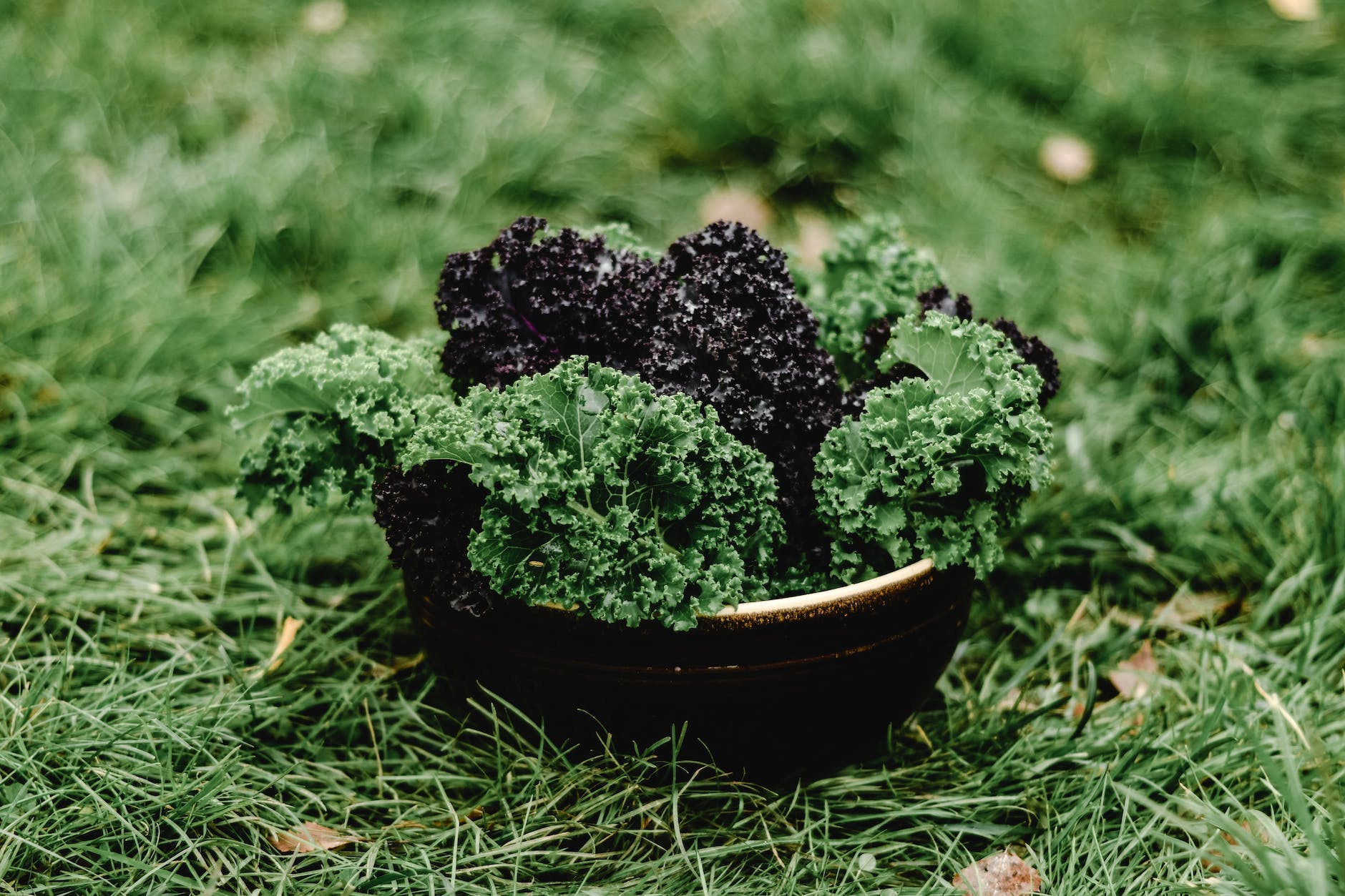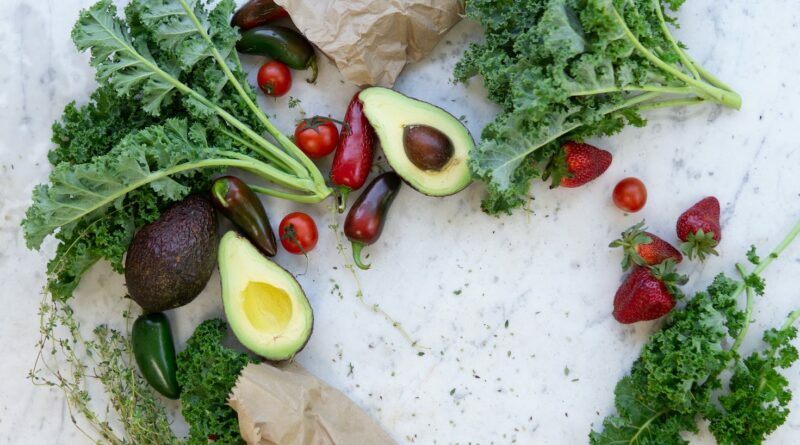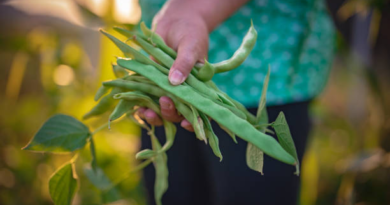Growing Kale, Harvesting, and Culinary Creations, Featuring Insights from a Seasoned Gardening Expert
Kale, with its rich tapestry of nutrients and remarkable ease of growth, presents a wonderful opportunity for gardeners of all levels of experience. With just a handful of straightforward steps, you can transform a modest patch of soil in your allotment into a thriving kale haven, where lush leaves sway gracefully in the breeze, a testament to your care and dedication.
By following a few simple steps, you can grow a healthy and abundant crop of kale in your own allotment.
- Choose the right variety:
Kale is a cold-hardy crop that comes in a variety of types, including curly kale, Tuscan kale, and red Russian kale. Choose a variety that is well-suited to your growing conditions and taste preferences. For instance, curly kale has a slightly bitter taste and is often used in salads and smoothies, while Tuscan kale has a sweeter flavor and is great for soups and stews. - Prepare the soil:
Kale prefers well-draining soil that is rich in organic matter. Before planting, amend your soil with compost or aged manure to provide the necessary nutrients. A pH of 6.0 to 7.0 is ideal for kale growth. Conduct a soil test to determine your soil’s pH and nutrient levels. - Planting:
Kale can be planted in the early spring or late summer for a fall crop. Sow seeds directly into the ground or start seedlings indoors and transplant them outside when they are 3-4 inches tall. Space the plants 18-24 inches apart and plant them in full sun to partial shade. Kale can also be grown in containers with a depth of at least 12 inches. - Watering and fertilising:
Kale needs consistent moisture to thrive, so water regularly, especially during dry spells. Use drip irrigation or a soaker hose to avoid wetting the leaves, which can cause fungal diseases. Apply a balanced fertiliser every 4-6 weeks to promote healthy growth. You can also use organic fertilisers, such as fish emulsion or bone meal, to provide additional nutrients. - Pest and disease management:
Kale is generally pest and disease-resistant, but it can be susceptible to cabbage worms, aphids, and flea beetles. You can control these pests with row covers, insecticidal soap, or neem oil. To prevent diseases, avoid overcrowding your plants, promote good air circulation, and rotate your crops. - Harvesting:
Kale can be harvested when the leaves are young and tender, which is usually around 50-70 days after planting. You can harvest individual leaves as needed or harvest the entire plant by cutting it at the base. Kale can be harvested well into the fall and even into the winter in some areas. In fact, kale actually tastes sweeter after a light frost. To prolong your harvesting season, you can stagger your planting by planting new seeds or seedlings every few weeks. - Storage:
Kale can be stored in the refrigerator for up to a week. To prolong its shelf life, wrap the leaves in a damp paper towel and place them in a plastic bag. You can also blanch and freeze kale for later use. To do so, blanch the leaves in boiling water for 2-3 minutes, then immediately transfer them to an ice bath. Drain the leaves and freeze them in airtight containers or freezer bags. - Harvesting Kale
Kale can be harvested when the leaves are about the size of your hand, usually 50-60 days after planting. To harvest kale, simply snap off the outer leaves, leaving the central bud intact to continue growing. The young leaves are the most tender and flavorful, but you can also harvest the larger leaves for cooking. Be sure to check for pests and diseases before harvesting, and discard any damaged leaves.

Meal Ideas
Kale is a versatile leafy green that can be used in many different dishes. Here are a few ideas to get you started:
- Kale salad: Massage chopped kale leaves with lemon juice and olive oil, then top with sliced apples, toasted nuts, and crumbled cheese.
- Kale chips: Toss kale leaves with olive oil and salt, then bake in a single layer at 350 degrees Fahrenheit for 10-15 minutes, or until crispy.
- Kale smoothie: Blend kale leaves with frozen fruit, yogurt, and a splash of juice or milk for a nutritious and refreshing drink.
- Kale and sausage soup: Brown Italian sausage in a large pot, then add chopped kale, diced potatoes, and chicken broth. Simmer until the kale is tender and the potatoes are cooked through, then serve hot.
- Sauteed kale: Heat olive oil in a skillet, then add minced garlic and chopped kale. Cook until the kale is wilted and tender, then season with salt, pepper, and a squeeze of lemon juice. Serve as a side dish or add to pasta dishes, omelets, or sandwiches.

Kale’s resilience and simplicity of growth make it a delightful choice for gardeners of all levels, whether you’re a seasoned green thumb or a newcomer eager to embark on your first horticultural adventure. From the initial excitement of sowing the seeds or transplanting seedlings, to the attentive care you provide as they flourish under your guardianship, each moment in the lifecycle of your kale crop carries with it a sense of accomplishment and wonder.
When the time arrives to reap the rewards of your labor, the kale harvest becomes a celebration of nature’s bounty and your dedication. The crisp leaves, brimming with color and vitality, stand as a testament to your nurturing touch. And as you incorporate this verdant treasure into your culinary creations, you’re not merely adding an ingredient to your meals, but infusing them with a taste of your commitment to wholesome, garden-to-table living.
The versatility of kale knows no bounds, seamlessly fitting into an array of culinary endeavors. Whether you choose to enjoy it raw in vibrant salads that showcase its crisp texture and earthy flavor, or incorporate it into heartwarming soups and stir-fries that offer comfort and nourishment, kale becomes a staple that elevates your cooking to new heights.
The journey of growing and enjoying kale is a harmonious symphony of nature and human endeavor. It’s a journey that unfolds through the changing seasons, from the tender shoots of spring to the robust leaves of summer and beyond. By embracing the art of kale cultivation, you’re not only enriching your meals but also nurturing a profound connection to the earth, the seasons, and the simple joys of tending to a thriving garden. So, let the allure of kale beckon you into its realm, and relish in the abundant harvests and culinary delights it brings to your table, a testament to your skill, dedication, and the bountiful beauty of nature’s gifts.




